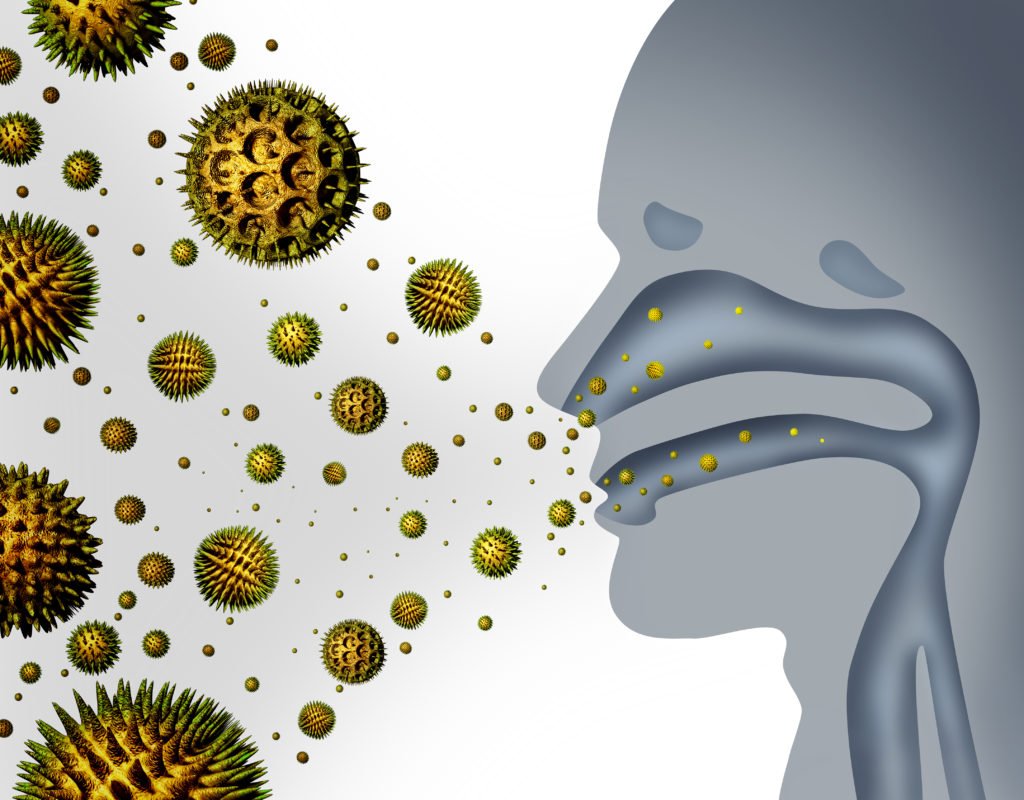You must have borne through runny, stuffed up nose, cough or congestion at some stage of your life. Blocked nose certainly results in loss of smell for you. If these symptoms persist, then you may have inflammation of the sinuses, commonly known as Sinusitis. Prior to understanding sinusitis, it is advisable to figure out what is a sinus. A sinus is a hollow gap in the body. There are various types of sinus, however sinusitis affects the para-nasal sinuses, the hollows with in the facial bones that open into to the nasal cavity. The para-nasal sinuses are lined by the same mucous membrane lining as the nose. They generate a slimy secretion known as mucus.
Sinusitis is a swelling or else inflammation of the tissue lining the sinuses. Healthy sinuses are filled with air. However when they become congested and filled with fluid, germs can nurture and source an infection.
Conditions that can cause sinus blockage include:
- Allergic rhinitis, which is inflammation of the lining of the nose
- The common cold
- A deviated septum, which is a movement in the nasal cavity
- Little growths in the lining of the nose known as nasal polyps
Types
- Acute sinusitis typically commences with cold like symptoms such as a stuffy, runny nose along with facial pain. It may begin suddenly and last two to four weeks
- Subacute sinus swelling generally lasts four to twelve weeks.
- Chronic swelling symptoms last twelve weeks or longer.
- Recurrent sinusitis takes place several times a year.
In case you have a simple sinus infection, your ENT doctor may suggest you use a decongestant as well as saline nasal washes. In case he or she gives you antibiotics, you will possibly consume them for seven to fourteen days. The symptoms will typically disappear with treatment for acute sinusitis, however underlying cause needs to be identified and treated for more persistent and prolonged cases.


